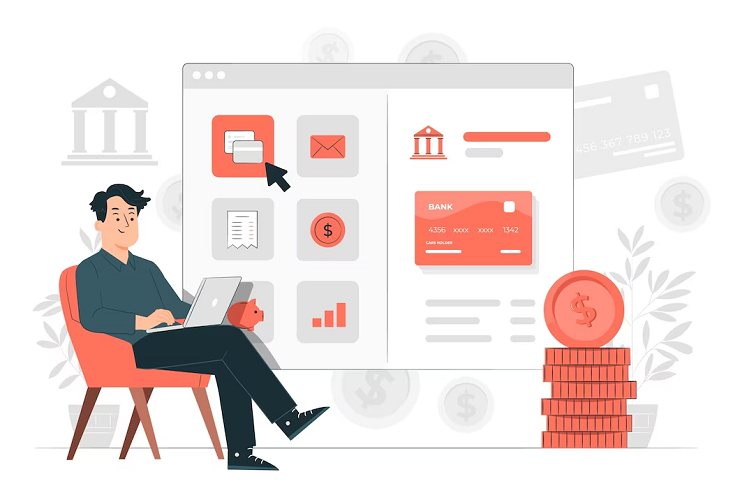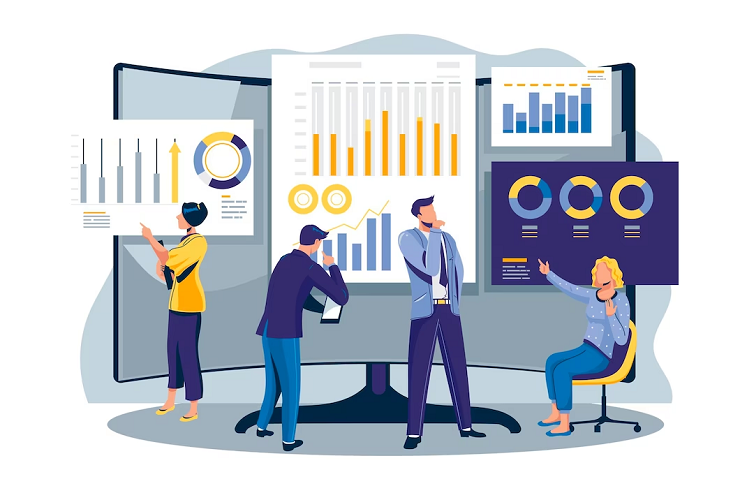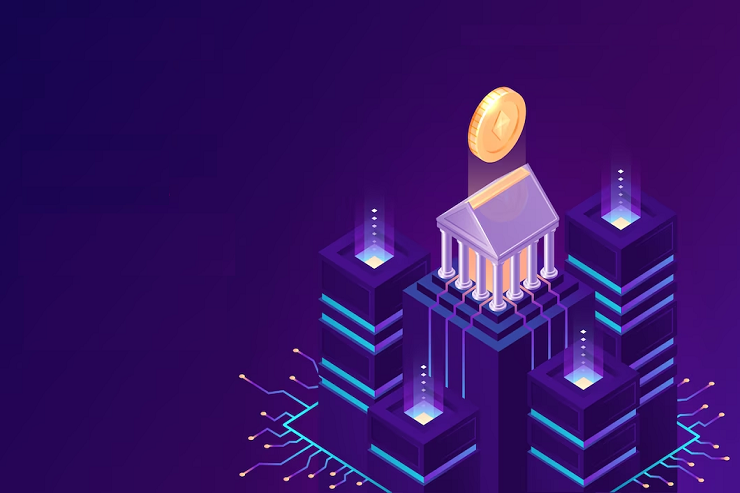
We live in an era of unprecedented technological transformation. The banking industry is no exception. With the advent of FinTech and TechFin, two distinct camps have emerged as the future of banking – FinTech and TechFin. But what’s the difference between them?
This blog post will explore what FinTech and TechFin are, how each differs from the other, and which is better suited for the future of banking. Read on to dive into the similarities and differences between these two exciting new trends in banking technology.
What Is FinTech?
FinTech, or financial technology, is a term used to describe the use of technology in the financial services industry. FinTech companies provide various services, from online banking and payments to investment and lending platforms.
The financial services industry needs to be faster to adopt new technologies, but this is changing as more FinTech companies enter the market. Banks are beginning to partner with FinTech companies to offer innovative products and services to their customers.
There are many different types of FinTech companies, but some of the most popular include:
- Online banking and payments platforms
- Investment platforms
- Lending platforms
- Personal finance management tools
The growth of the FinTech sector has been driven by several factors, including the rise of mobile banking, the increasing popularity of digital currencies, and the need for faster and more convenient financial services. FinTech is becoming increasingly crucial for the financial services industry and will continue to grow.

What Is TechFin?
TechFin is a term used to describe the intersection of technology and finance. It is a relatively new field that uses technology to improve financial services and products.
TechFin companies are typically startups using innovative technologies to solve problems in the financial sector. Some common examples of TechFin startups include companies that provide mobile banking, peer-to-peer lending, and digital currency. TechFin aims to make financial services more accessible, efficient, and user-friendly. By harnessing the power of technology, TechFin companies hope to positively impact how we bank, invest, and manage our money.
TechFin is an integral part of the FinTech revolution, which aims to make financial services more efficient and accessible. TechFin will remain an essential part of the economic landscape as technology evolves and more advanced solutions are developed.
The Differences Between FinTech And TechFin
When it comes to the future of banking, there is a lot of debate about whether FinTech or TechFin is the way to go. Both have their supporters and detractors, but what are their differences?
FinTech, short for financial technology, is a term used to describe the use of technology in the financial sector. This can include everything from mobile banking and payments to online lending and investing. FinTech has become increasingly popular in recent years as more people move away from traditional banks and towards digital-only options.
TechFin, on the other hand, is a term used to describe the use of technology in the financial industry. This includes things like using data analytics to identify trends and using artificial intelligence to automate tasks. Unlike FinTech, which focuses on consumer-facing products and services, TechFin focuses on behind-the-scenes infrastructure.

So, which one is better? That depends on who you ask. Some people argue that FinTech is the way of the future because it offers consumers more choice and convenience. Others say TechFin is necessary to modernize the financial industry and make it more efficient. Ultimately, it’s up to each individual to decide which side they’re on. In the end, FinTech and TechFin are essential for the future of banking. Together, they can help banks become more efficient and provide their customers with better products and services.
Pros And Cons Of FinTech And TechFin
Technology has disrupted the banking sector for many years, with new entrants such as online-only banks and mobile-first providers challenging the traditional players. This process has accelerated in recent years, with the rise of financial technology (FinTech) companies offering innovative products and services that are shaking up the status quo. At the same time, there is a growing trend for technology companies (TechFin) to move into financial services, using their cutting-edge technologies to provide everything from payments to Peer-to-Peer (P2P) lending.
So what does the future hold for banking? Will traditional banks be able to compete with the FinTechs and TechFins of the world, or will they be relegated to also-rans? In this article, we’ll look at the pros and cons of FinTech and TechFin, to see where the future of banking is heading.
Pros Of Fintech:
- Increased competition leads to better products and services for consumers.
- New business models are driving down costs for consumers.
- Technology is enabling faster innovation in financial services.
- Digital channels are making it easier for consumers to access financial services.
- Financial inclusion is being driven by mobile money and other technologies.

Cons Of Fintech:
- Many FinTech companies must still be proven and untested.
- Regulatory uncertainty and compliance costs can be barriers to entry for FinTech companies.
- Cybersecurity is a significant concern as hackers target online financial services.
- The concentration of market power could lead to monopolies in certain areas.
- Unbanked populations may be excluded from digital financial assistance due to a lack of access or understanding.
Pros Of Techfin:
- TechFin companies bring a wealth of technical experience and knowledge to the banking sector.
- Technology-driven products and services can create new opportunities for customers and businesses.
- AI and machine learning can drive bank efficiencies, leading to cost savings and better customer experiences.
- TechFins are often more agile than traditional banks, able to pivot quickly to changing markets and customer needs.
- TechFins can provide access to finance for those previously unable to get it through traditional banking channels (e-commerce loans, P2P lending, etc.).
Cons Of Techfin:
- Disruptive business models can destabilize existing markets or sectors if implemented carefully, leading to higher costs for consumers or businesses due to reduced competition.
- TechFin companies often need more experience in financial services, leading to potential regulatory or compliance issues.
- More reliance on technology can lead to better customer service and human interaction.
- AI and machine learning can be biased against certain groups if not implemented correctly, leading to unfair customer outcomes.
- Over-simplification of complex products and services could lead to misselling and other consumer problems.
Where Is The Banking Future Heading?
The banking future is heading in an inspiring direction! We are seeing a shift from traditional banking to what is known as “TechFin,” or Financial Technology. This shift is driven by the demand for more convenient, faster, and mobile-friendly banking services.

Today, people want to be able to do their banking on their terms – whether that means using a mobile app, online banking, or even chatbots. And banks are starting to take notice. They are investing in new technologies and partnering with FinTech companies to offer innovative solutions that meet the needs of today’s consumers.
So what does this all mean for the future of banking? Banks will become more customer-centric, offering personalized experiences and products tailored to individual needs. We’ll see more collaboration between banks and FinTechs, as they work together to create the best possible customer experience.
Conclusion
FinTech and TechFin are both essential components of the banking industry, but each offers unique benefits. While FinTech allows banks to offer more efficient services and better customer experiences, TechFin provides them with access to innovative technology solutions that are tailor-made for the banking sector.
Both approaches have advantages and disadvantages, so banks must take a comprehensive approach when determining where to focus their efforts to future-proof their businesses. With the right strategy, banks can remain competitive and continue leading the charge into the digital age.
